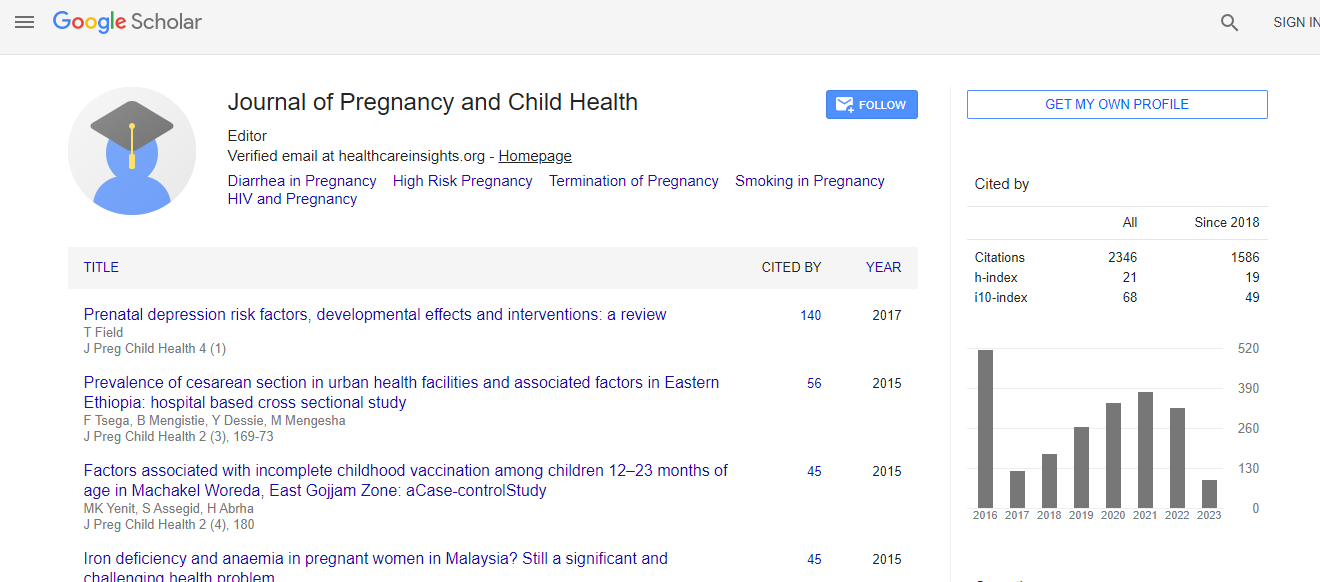Research Article
Neighbourhood Deprivation and Risk of Childhood Visual Impairment: A Nationwide Study from Sweden
| Xinjun Li1*, Jan Sundquist1,2, Bengt Zöller1and Kristina Sundquist1,2 | |
| 1Center for Primary Health Care Research, Lund University/Region Skåne, Sweden | |
| 2Stanford Prevention Research Center, Stanford University School of Medicine, California, USA | |
| Corresponding Author : | Xinjun Li Center for Primary Health Care Research Lund University/Region Skåne, Sweden Tel: +46 40 391381 Fax: +46-40-391370 E-mail: xinjun.li@med.lu.se |
| Received January 29, 2014; Accepted April 13, 2015; Published April 15, 2015 | |
| Citation: Li X, Sundquist J, Zöller B, Sundquist K (2015) Neighbourhood Deprivation and Risk of Childhood Visual Impairment: A Nationwide Study from Sweden. J Preg Child Health 2:148. doi: 10.4172/2376-127X.1000148 | |
| Copyright: ©2015 Li X, et al. This is an open-access article distributed under the terms of the Creative Commons Attribution License, which permits unrestricted use, distribution, and reproduction in any medium, provided the original author and source are credited. | |
Abstract
The purpose of the study was to examine the association between neighbourhood deprivation and incidence of hospitalisation for childhood visual impairment (VI), after accounting for family- and individual-level socio-demographic characteristics. All residents in Sweden aged 2-11 years were followed between January 1, 2000 and December 31, 2010. Childhood residential addresses were geocoded and classified according to neighbourhood deprivation (an index of low education, low income, unemployment, and receipt of welfare assistance). Data were analysed by multilevel logistic regression, with family- and individual-level characteristics at the first level and level of neighbourhood deprivation at the second level. During the study period, among a total of 643,304 children, 1056 were hospitalised with childhood VI. Age-adjusted cumulative hospitalisation rates for childhood VI increased with increasing level of neighbourhood deprivation. In the study population, 1.5 per 1000 and 2.4 per 1000 children in the least and most deprived neighbourhoods, respectively, were hospitalised with childhood VI. The odds ratio (OR) for hospitalisation for childhood VI for those living in high-deprivation neighbourhoods versus those living in low-deprivation neighbourhoods was 1.49 (95% confidence interval (CI) =1.20–1.86). High neighbourhood deprivation remained significantly associated with higher odds of childhood VI after adjustment for family- and individual-level socio-demographic characteristics (OR=1.33, 95% CI=1.05–1.68, p=0.016). This study is the largest so far on neighbourhood influences on childhood VI. Our results suggest that neighbourhood is associated with incidence of hospitalisation for childhood VI independently of family- and individual-level socio-demographic characteristics.

 Spanish
Spanish  Chinese
Chinese  Russian
Russian  German
German  French
French  Japanese
Japanese  Portuguese
Portuguese  Hindi
Hindi 
